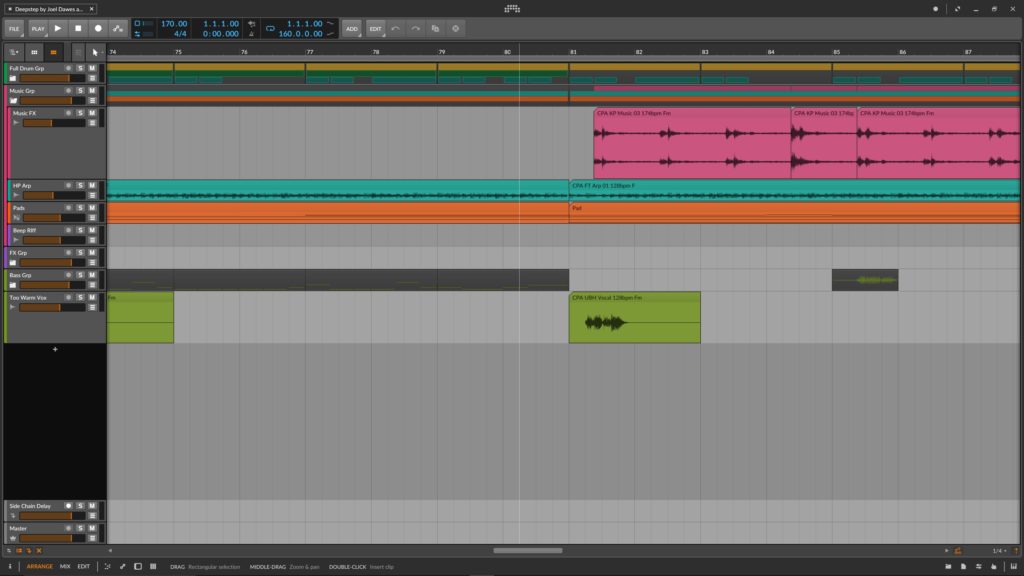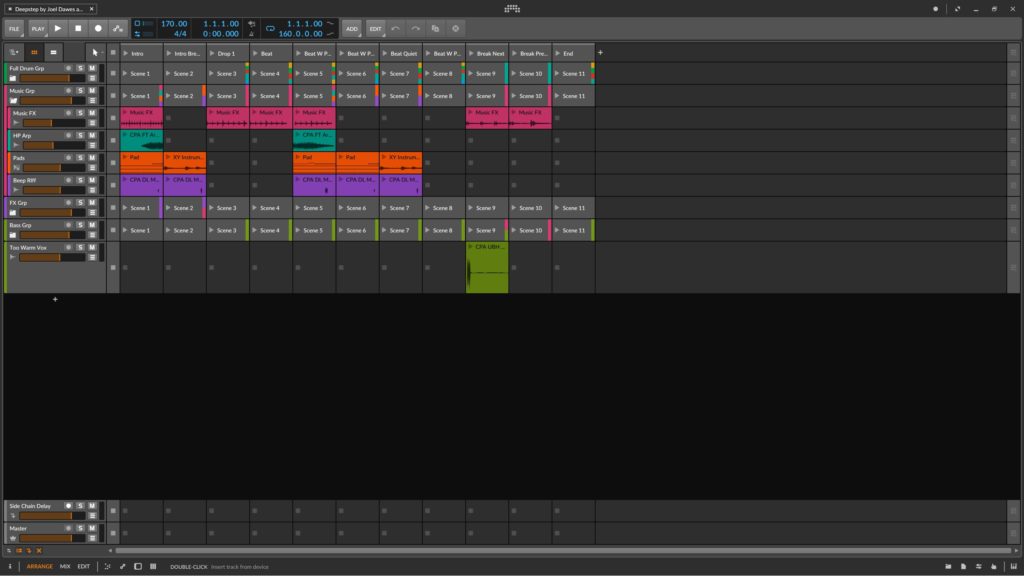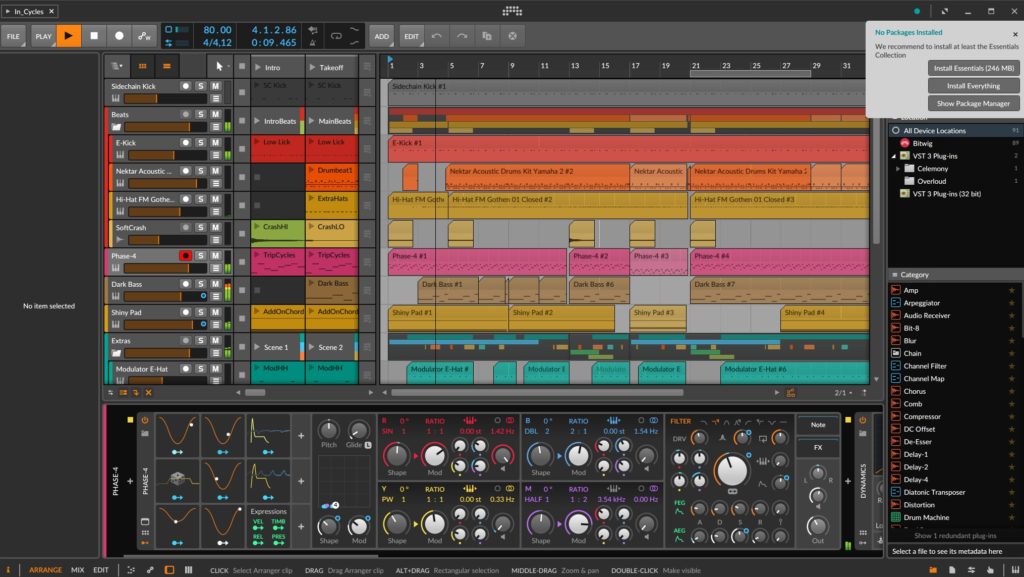With ambitious intentions, this promising DAW has broken considerable new ground, but its basic feature set is still immature and finicky.
What do you get when you cross a DAW with a modular synthesizer? Why Bitwig Studio 3.0, of course. Yes, the world’s most promising digital audio workstation (DAW) has finally made good on its long-standing goal of modularity. Users are happy. Well, sound creators at any rate.
It’s a company, it’s a program
I’ve been following Bitwig, which is a company, and Bitwig Studio, which is a DAW, since both hit the ground running about five years ago. At first blush, the product, while appealing to the eye and full of potential, was extremely immature. That’s what sometimes happens when you start from scratch with huge ambitions.
Bitwig’s lofty objective was, and seemingly remains, marrying the best features and capabilities of other DAWs: the live performance capabilities of Ableton Live, including stretch audio and clip-launching; the feature-packed traditional track-based recording and audio/MIDI editing of the Cubases, Pro Tools, and Logics of the world; plus the modularity of Mulab and others.

Bitwig has broken new ground with true hybrid tracks that can contain both audio and MIDI, CV/gate (control voltage) for external modular synths, global modulators that can be inserted into instrument and effects chains, and more. It’s available for Windows, macOS, and somewhat unusually–Linux. Additionally, it’s “optimized” for touch displays, as well as alternate input technologies such as Wacom tablets and touchpads.
Having traveled quite a ways down the development path in a relatively short amount of time, as of version 3.0, most of the DAW basics are in place. However, there are a few common big dog features such as comping and audio/MIDI grooves still missing, and some of the features that are in place have an unfinished feel. If the devil is in the details, then Bitwig’s developers have a quite a few more exorcisms to perform.
Demons
At the time of this writing, just a few of the idiosyncrasies, aka demons, are being able to tab into text fields, but not out of them; key commands that work when playing, but not when stopped; functions that work when stopped, but not when a song is playing, etc. Then there’s the transient detection for audio files that sometimes fails when there’s too much large a gap between onsets, tedious insertion of stretch markers, and an undo function that removes all the passes in a loop record instead of just the last one. The documentation could also use a little work.
I could go on, but bottom line: Bitwig is a work in progress, and while the nuances of a facile interface are slowly being realized, there are small issues throughout.

A modular powerhouse and drop-dead looks
What has likely kept Bitwig afloat through its growing pains, is its focus on modular synthesis (a hobby with a sizable following) and its appearance. For many, including yours truly, it simply has the look of something you want to use. Looks are a major advantage when it comes to second chances, and if you’ve used Bitwig for any length of time, you’ll know it’s needed more than one.
Bitwig utilizes a fully scalable, paned interface that’s largely well organized and if you like animations–simply a joy to watch. Many, many functions offer feedback in the way of flashy visuals that dance about the screen. They use a lot of CPU, so hide them is you’re working on an older system.
Also, in a software world of faded hues, Bitwig brings saturated color to the table. It has a positive effect on many users who are tired of drab–eyestrain-relieving or not.
All that said, Bitwig, because most contextual menu commands are placed at the top of the main window instead of right-click menus, is not the most ergonomic DAW in terms of cursor travel. Learn the key commands.

Buy it or not, keep an eye on it
Bitwig is musical and functional as it stands, and along with Mulab, it’s the DAW for modular tinkering; but currently, depending on what you use the program for, you need to be prepared to deal with some frustrating omissions and implementations. Mostly in the traditional, track-based role..
Yet, because the infrastructure was designed to meld all the popular DAW roles into a seamless package, Bitwig has the potential to surpass the existing big-wig DAWs both in functionality and ease of use.
Bitwig costs $399, which includes one year of updates, covering both dot and full stop iterations. You can also upgrade to the latest version with a further year of updates for $169 (current price) at any time in the future. An 8-Track version (2.4x) is bundled with some products.
As of 02/14/2021, Bitwig, now at version 3.3.3, remains a tantalizing, but ultimately frustrating no-go for me. The algorithm that differentiates between zoom and scroll remains unusable in my case forcing me to use the CTRL modifier to simply scroll; jump to previous marker using keyboard shortcuts still won’t move backwards; and time-correcting audio using stretch markers is still ridiculously tedious.